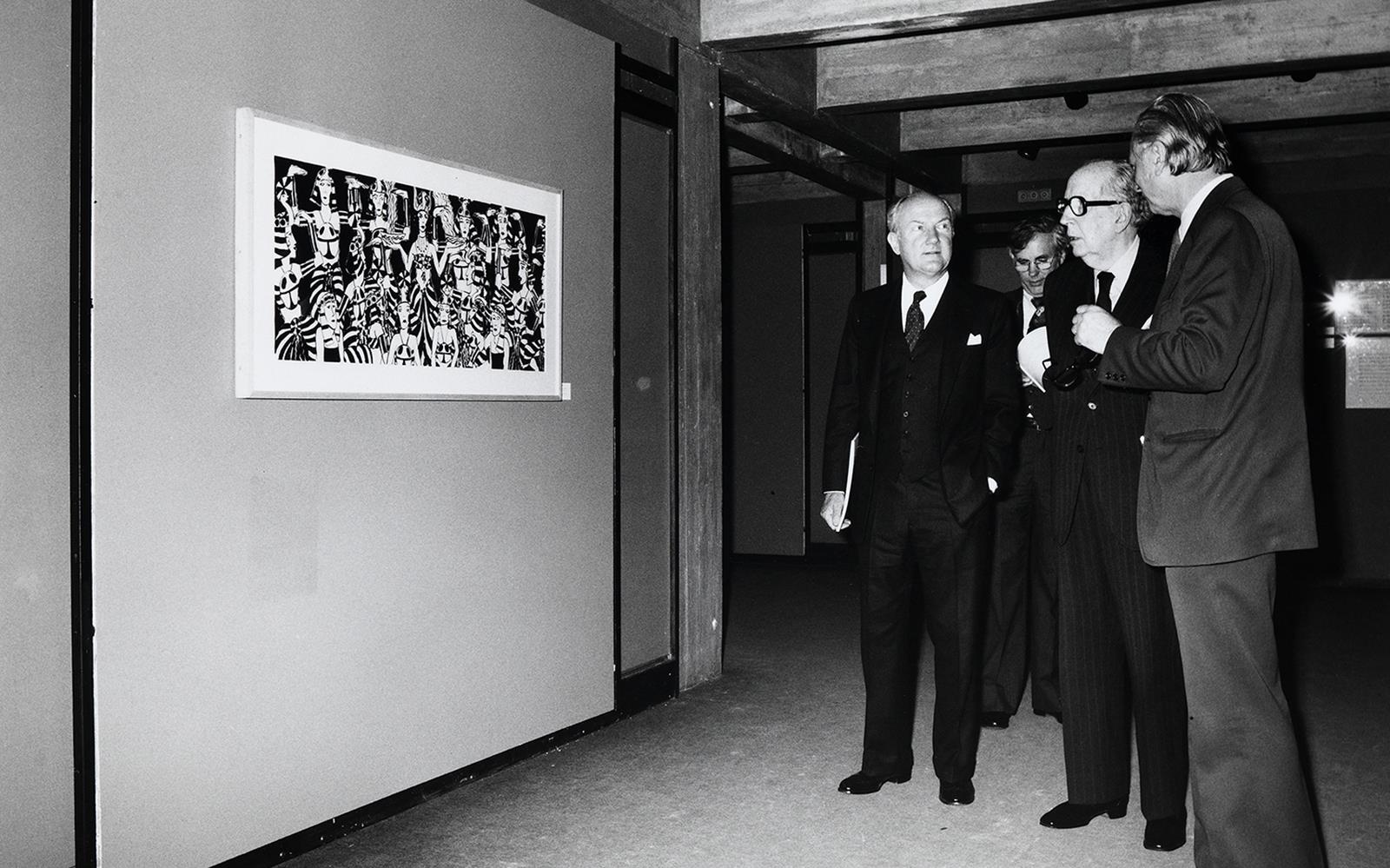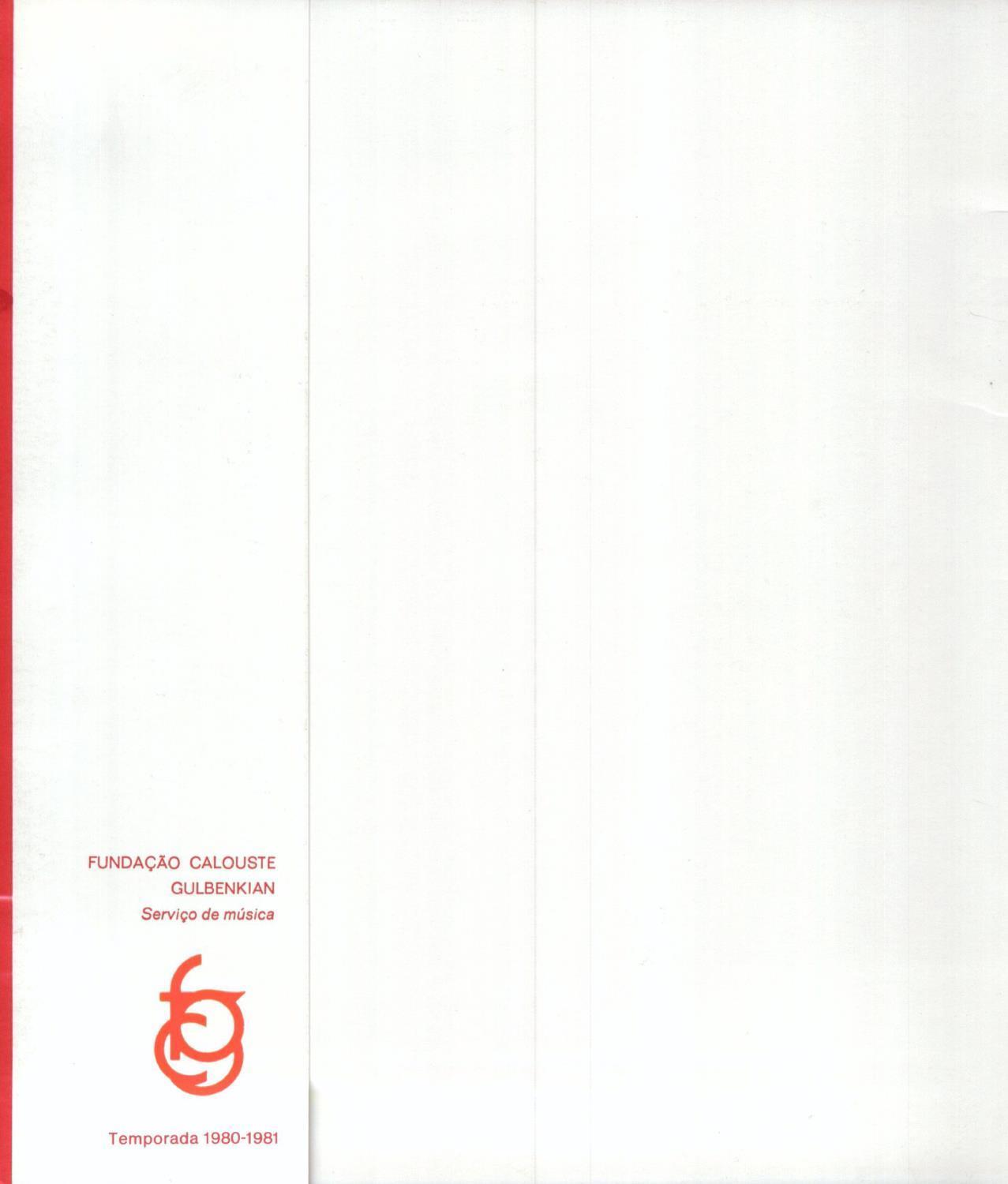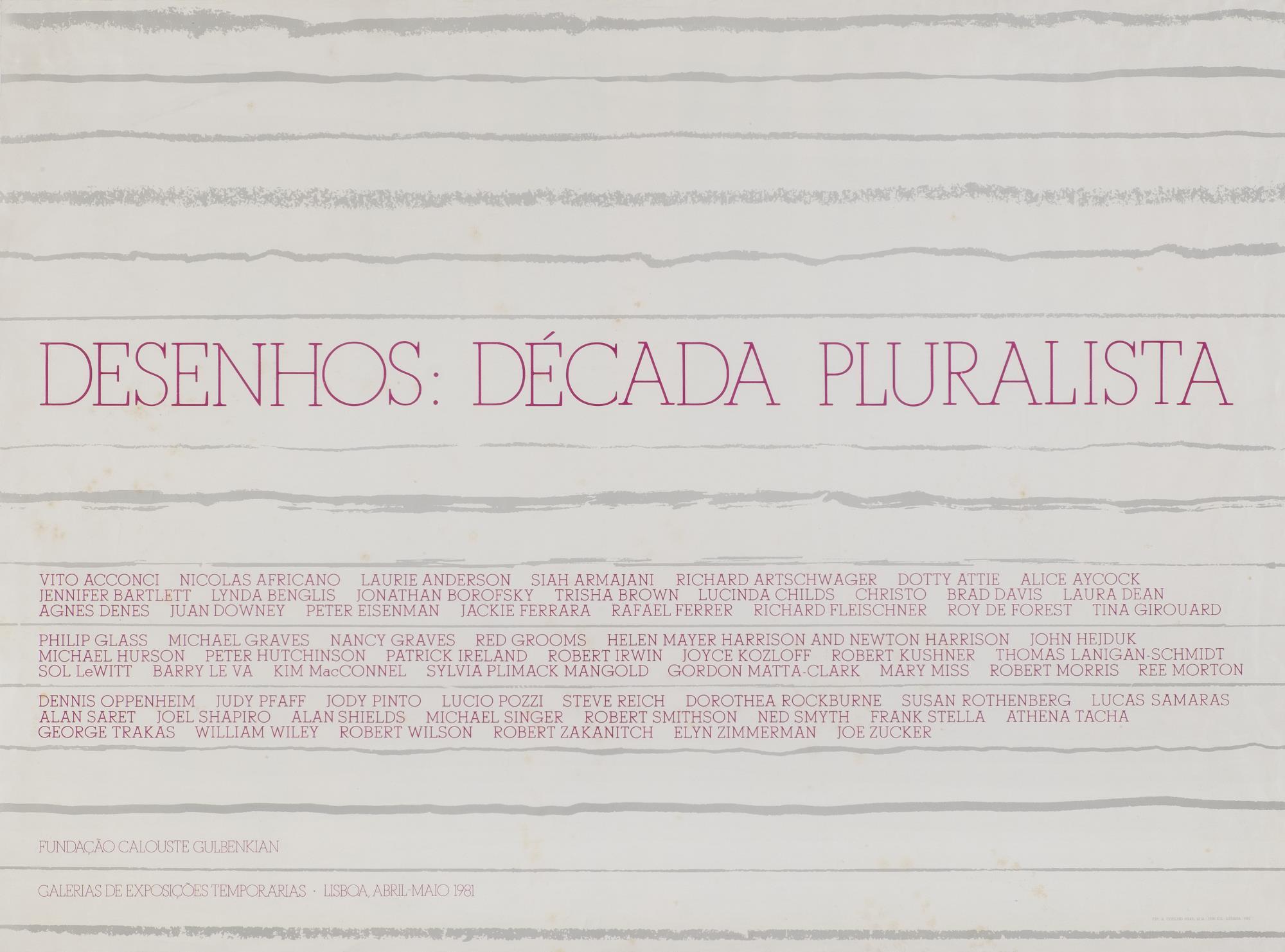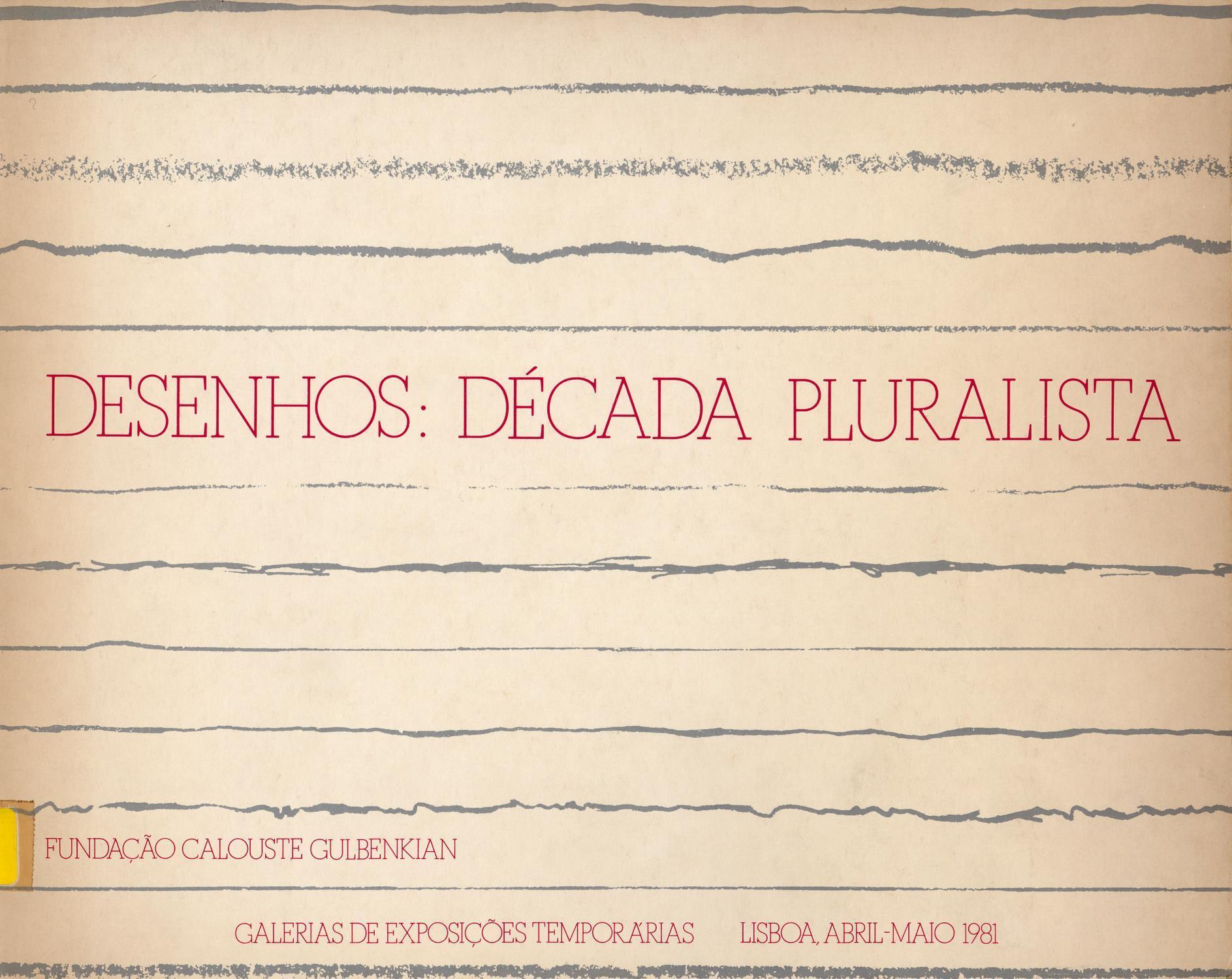
Desenhos. Década Pluralista
Inaugurada em Lisboa com a colaboração da Fundação Calouste Gulbenkian, esta exposição itinerante foi organizada em torno de categorias práticas. Expondo desenhos realizados por artistas americanos, ou a residir nos Estados Unidos da América, a mostra traçou uma retrospetiva da década de 1970.
Travelling exhibition presenting a panorama of American art of the 1970s divided into standard artistic categories. The show, staged at the end of the decade, exhibited drawings by American artists as well as artists based in the United States, and was hosted in Lisbon with the collaboration of the Calouste Gulbenkian Foundation.
Ficha Técnica
- Iniciativa
- Organizador / Serviço responsável
- Organizador / Parceiro institucional
- Programação
- Comissariado
- Projeto museográfico e coordenação técnica
- Parceiro institucional
- Emprestadores
- Allan Frumkin Gallery
- Col. Agnes Saalfield
- Col. Alan Saret
- Col. Andrew Fuller
- Col. Dorothy e Herbert Vogel
- Col. Douglas Baxter
- Col. Douglas Baxter
- Col. Elyn Zimmerman
- Col. George Trakas
- Col. Gordon Matta-Clark
- Col. Holly e Horace Solomon
- Col. Jody Pinto
- Col. Juan Downey
- Col. Lucinda Childs
- Col. Ludwig
- Col. Miani Johnson
- Col. Mimi Gross
- Col. Nancy Graves
- Col. Neil Printz
- Col. Peter Hutchinson
- Col. Philip Glass
- Col. Richard M. Danziger
- Col. Robert Irwin
- Col. Robert Kushner
- Col. Trisha Brown
- Cooke & Bieler
- Droll/Kolbert Gallery
- Hal Bromm Gallery
- Hamilton Gallery of Contemporary Art
- Holly Solomon Gallery
- John Gibson Gallery
- John Weber Gallery
- Knoedler Co.
- Leo Castelli Gallery
- Marian Locks Gallery
- Max Protetch Gallery
- MoMA – The Museum of Modern Art
- New Britain Museum of American Art
- Robert Miller Gallery
- Ronald Feldman Fine Arts
- Sonnabend Gallery
- Sperone Westwater Fischer
- The Dean Dance and Music Foundation
- The Pace Gallery
- Wadsworth Atheneum
- Willard Gallery
Artistas / Participantes
- Agnes Denes (1931)
- Alan Saret (1944)
- Alan Shields (1944 – 2005)
- Alice Aycock (1946)
- Athena Tacha (1936)
- Barry Le Va (1941)
- Brad Davis (1942)
- Brian O'Doherty (1928)
- Christo Javacheff (1935 – 2020)
- Dennis Oppenheim (1938 – 2011)
- Dorothea Rockburne (1932)
- Dotty Attie (1938)
- Elyn Zimmerman (1945)
- Frank Stella (1936 – 2024)
- George Trakas (1944)
- Gordon Matta-Clark (1943 – 1978)
- Helen Mayer Harrison (1927)
- Jackie Ferrara (1929)
- Jennifer Bartlett (1941)
- Jody Pinto (1942)
- Joe Zucker (1941)
- Joel Shapiro (1941)
- John Hejduk (1929 – 2000)
- Jonathan Borofsky (1942)
- Joyce Kozloff (1942)
- Juan Downey (1940 – 1993)
- Judy Pfaff (1946)
- Kim MacConnel (1946)
- Laura Dean (1945)
- Laurie Anderson (1947)
- Lucas Samaras (1936)
- Lucinda Childs (1940)
- Lucio Pozzi (1935)
- Lynda Benglis (1941)
- Mary Miss (1944)
- Michael Graves (1934 – 2015)
- Michael Hurson (1941 – 2007)
- Michael Singer (1945)
- Nancy Graves (1939 – 1995)
- Ned Smyth (1948 – 1993)
- Newton Harrison (1932)
- Newton Harrison (1932)
- Nicolas Africano (1948)
- Patrick Ireland (1928)
- Peter Eisenman (1932)
- Peter Hutchinson (1930)
- Philip Glass (1937)
- Rafael Ferrer (1933)
- Red Grooms (1937)
- Ree Morton (1936 – 1977)
- Richard Artschwager (1923 – 2013)
- Richard Fleischner (1944)
- Robert Irwin (1928)
- Robert Kushner (1949)
- Robert Morris (1931 – 2018)
- Robert Smithson (1938 – 1973)
- Robert Wilson (1941)
- Robert Zakanitch (1935)
- Roy De Forest (1930 – 2007)
- Sol LeWitt (1928 – 2007)
- Steve Reich (1936)
- Susan Rothenberg (1945)
- Sylvia Plimack Mangold (1938)
- Thomas Lanigan-Schmidt (1948)
- Tina Girouard (1946)
- Trisha Brown (1936 – 2017)
- Vito Acconci (1940 – 2017)
- William Wiley (1937)
Eventos Paralelos
Publicações
Material Gráfico
Fotografias
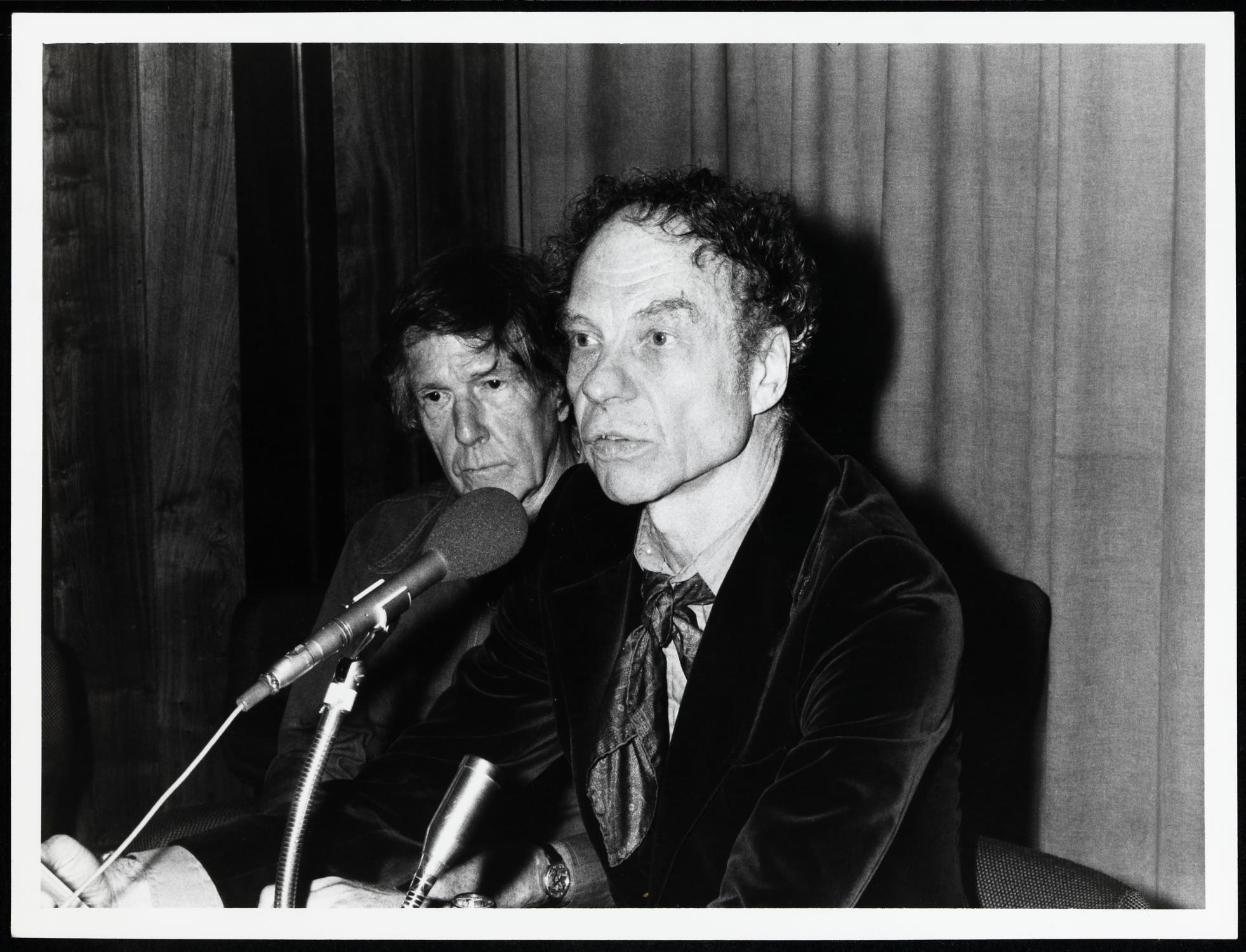
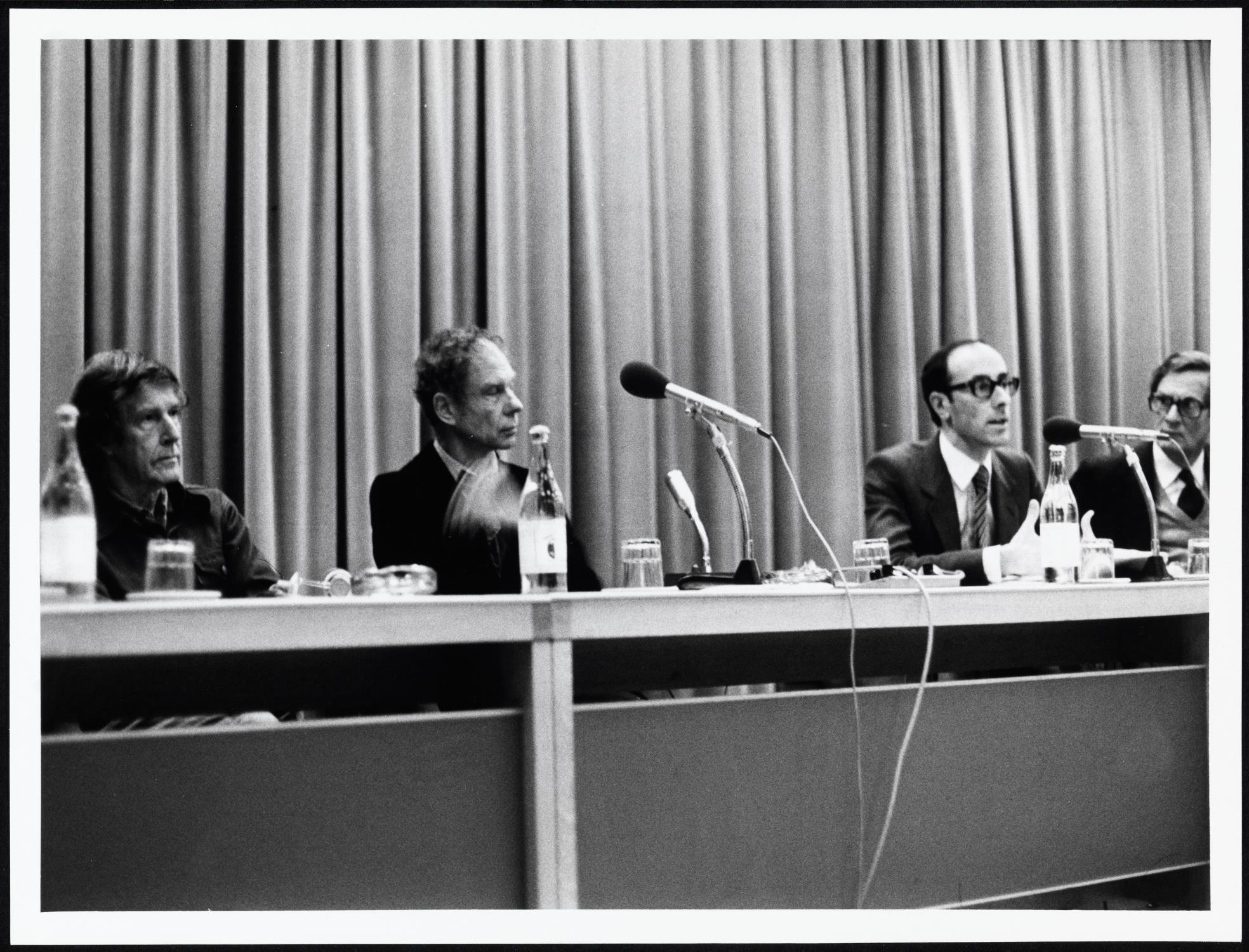
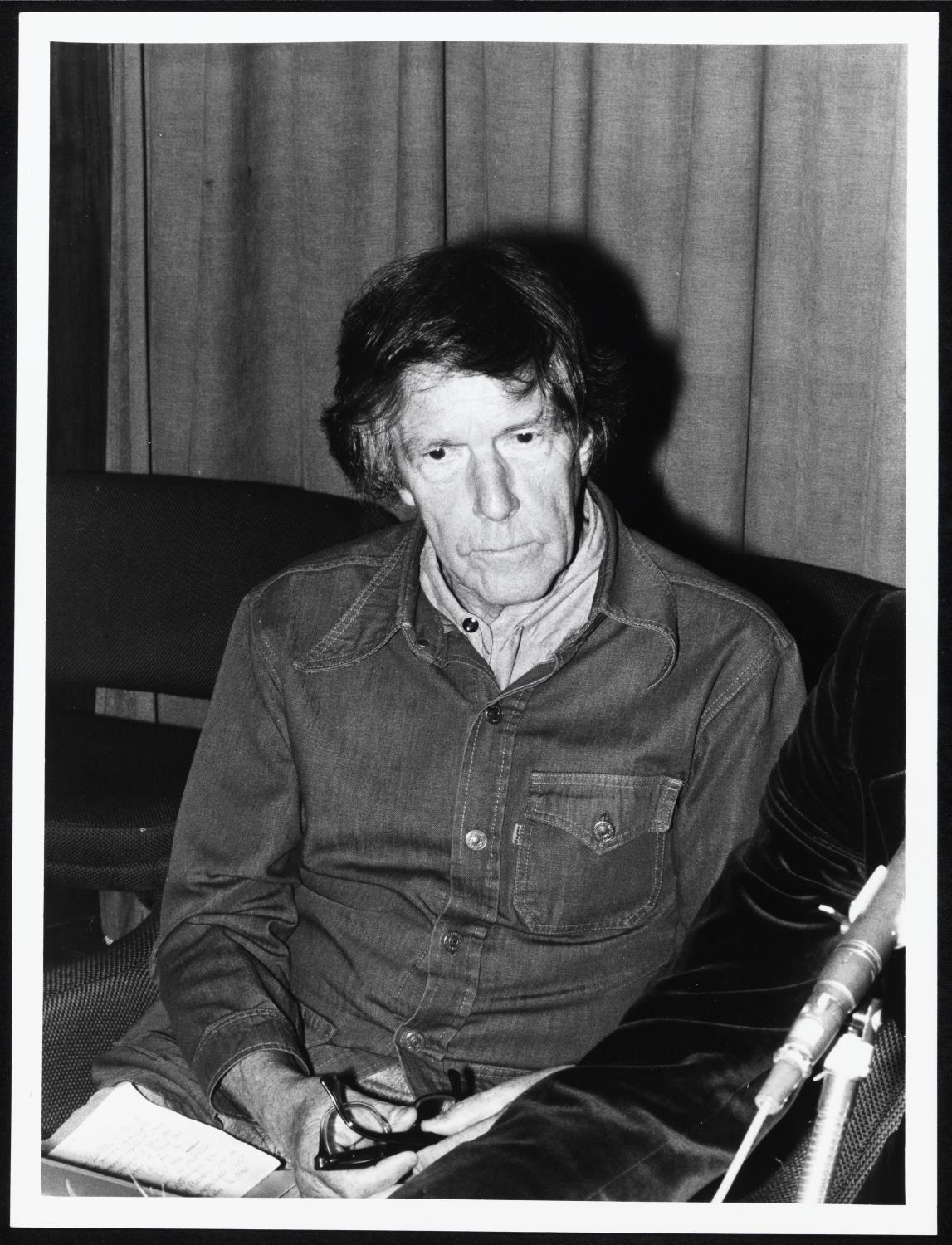
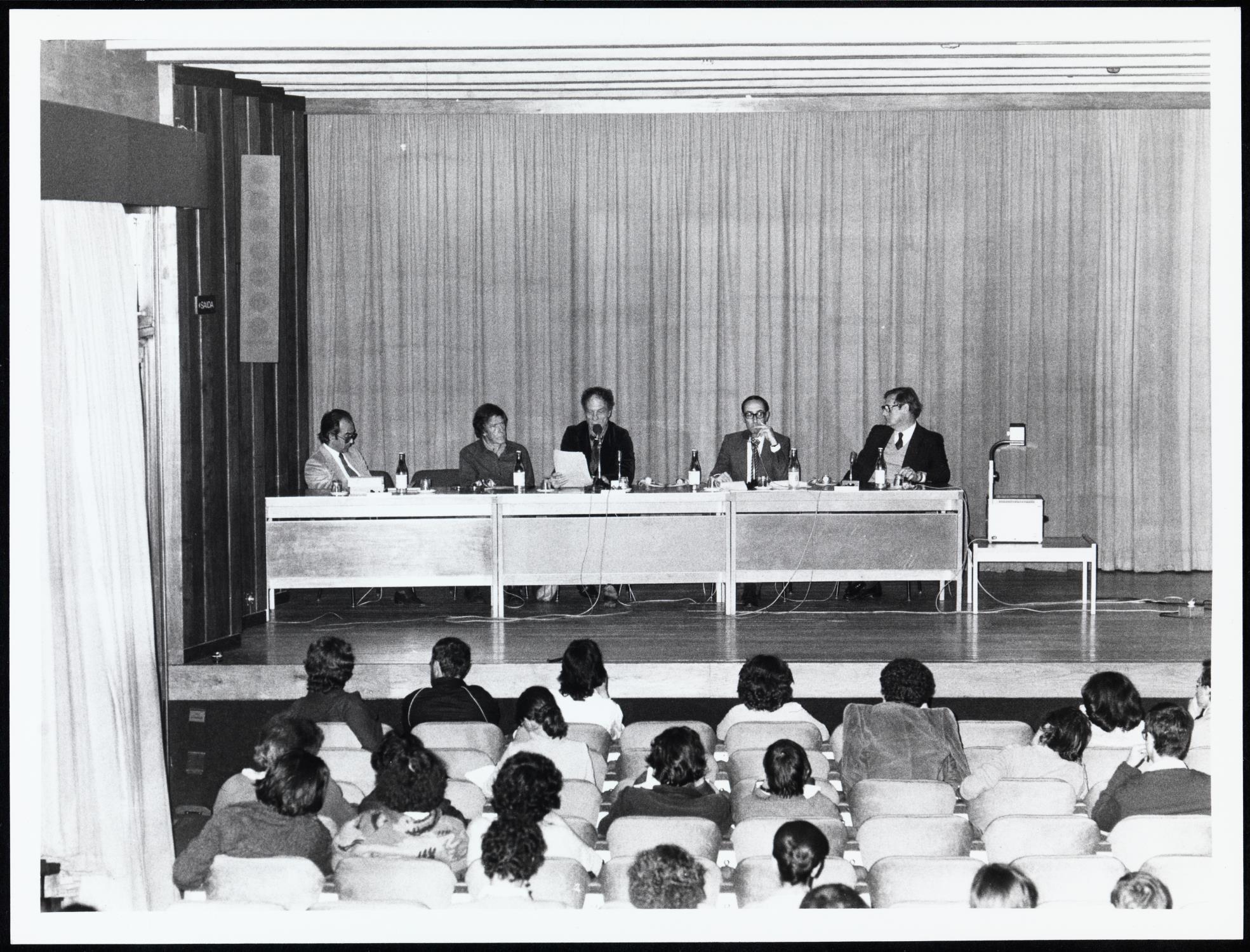
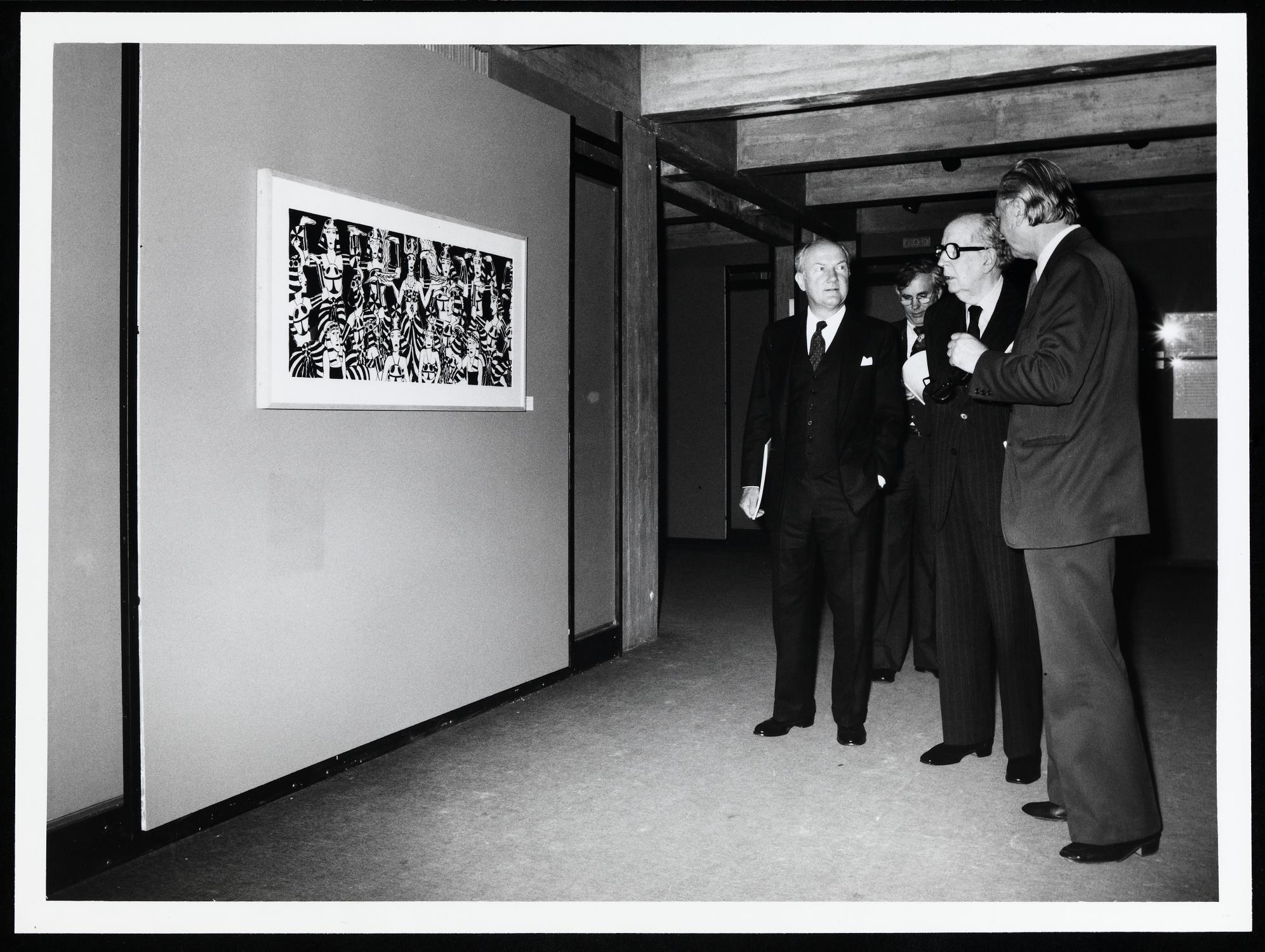
Documentação
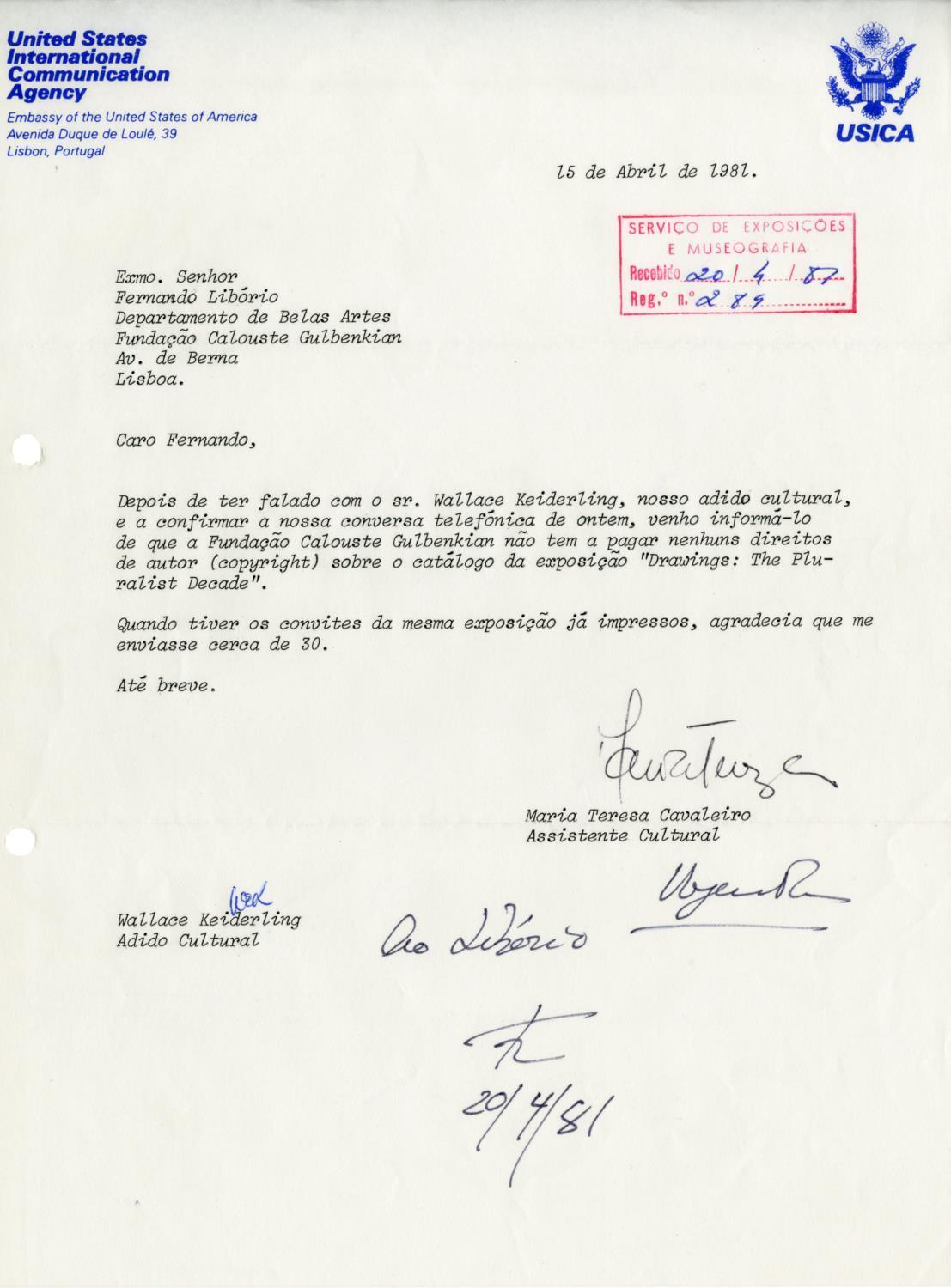
Maria Teresa Cavaleiro a Fernando Libório
15 abr 1981
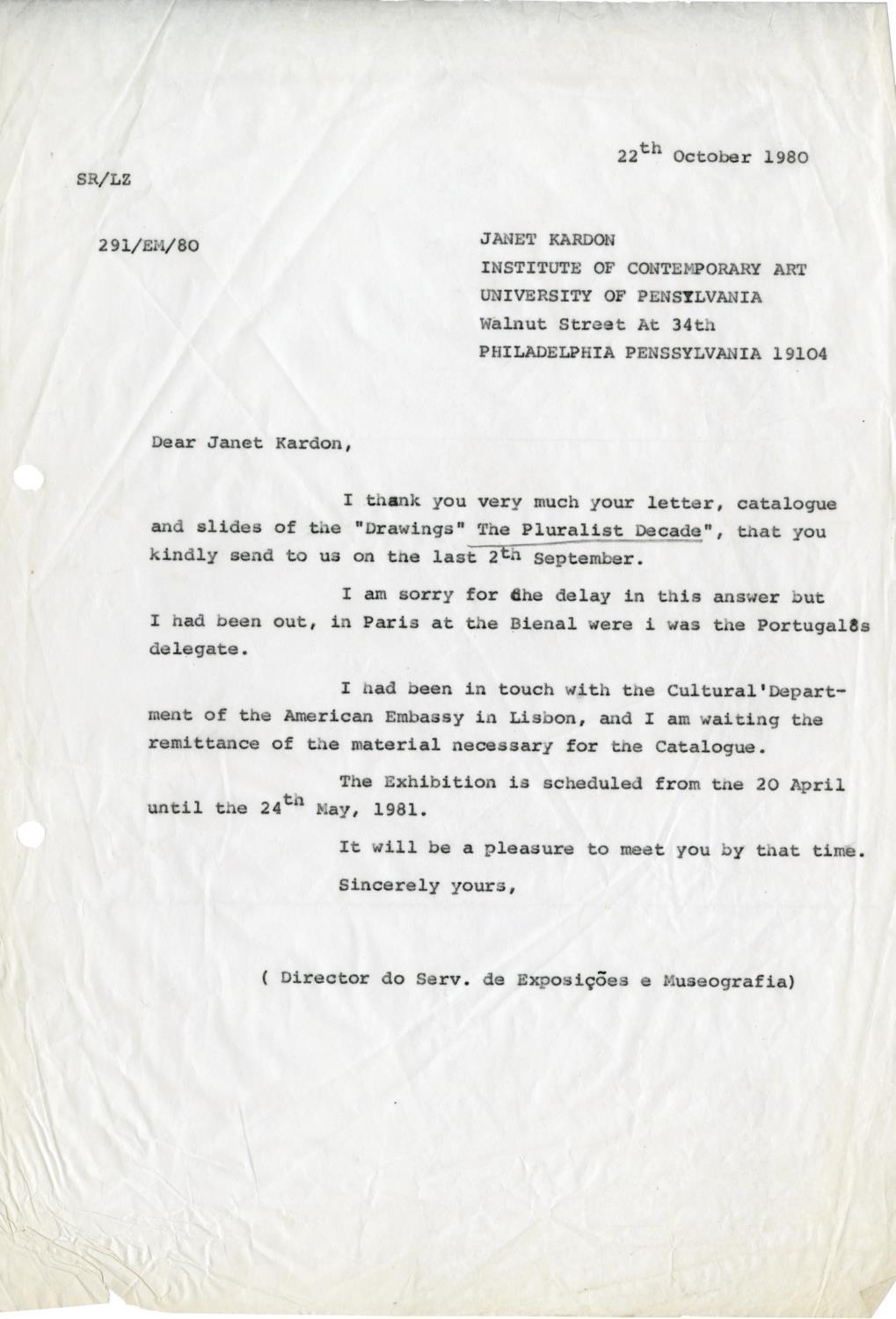
José Sommer Ribeiro a Janet Kardon
22 out 1980
Periódicos

Colóquio. Artes
Lisboa, jun 1981
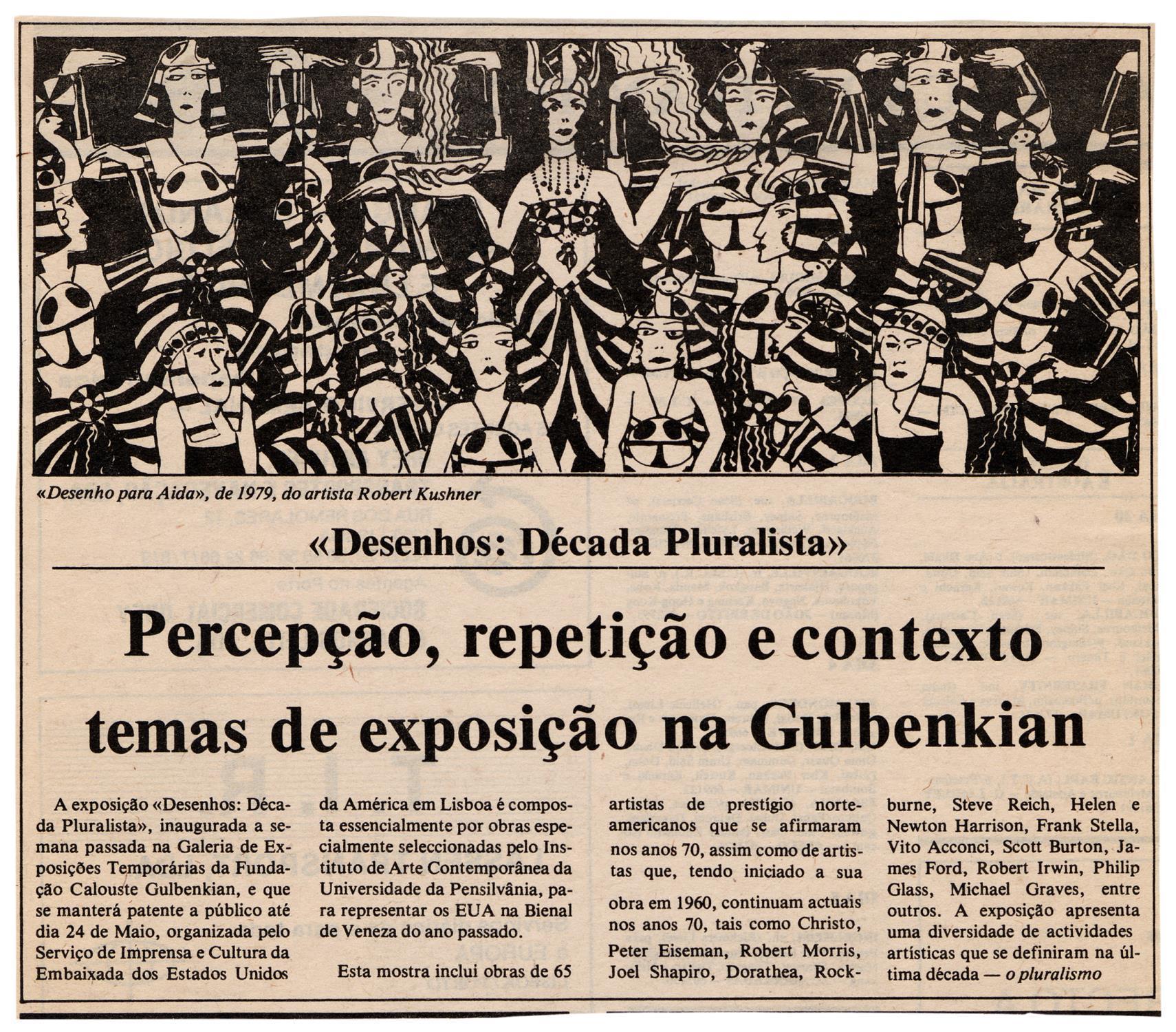
Portugal Hoje
Lisboa, 30 abr 1981
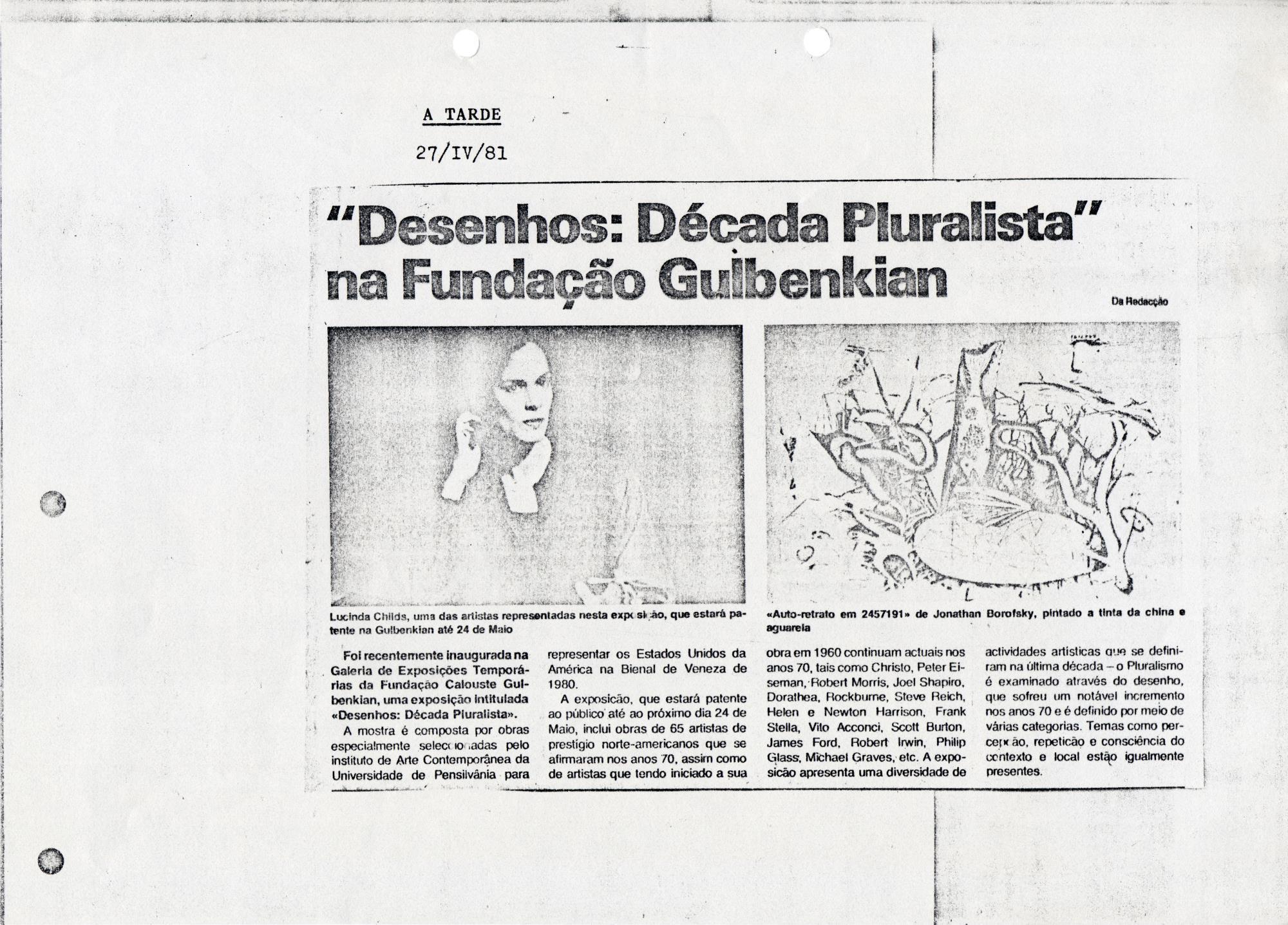
A Tarde
Lisboa, 27 abr 1981
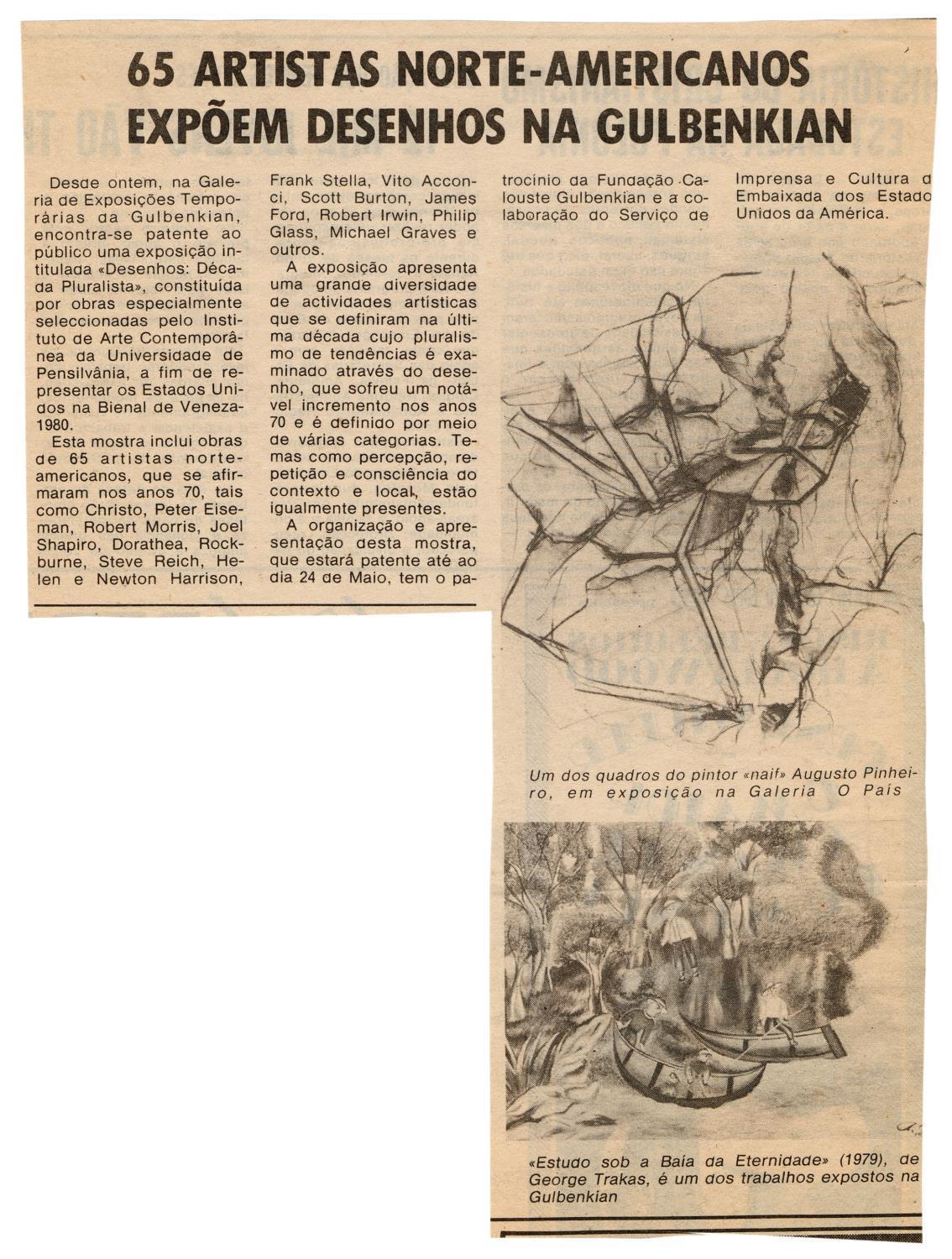
Diário Popular
Lisboa, 23 abr 1981
Páginas Web
Fontes Arquivísticas
Exposições Relacionadas

Arte Americana do Museu de Arte Moderna de Nova Iorque
1979 / Itinerância [organização externa]
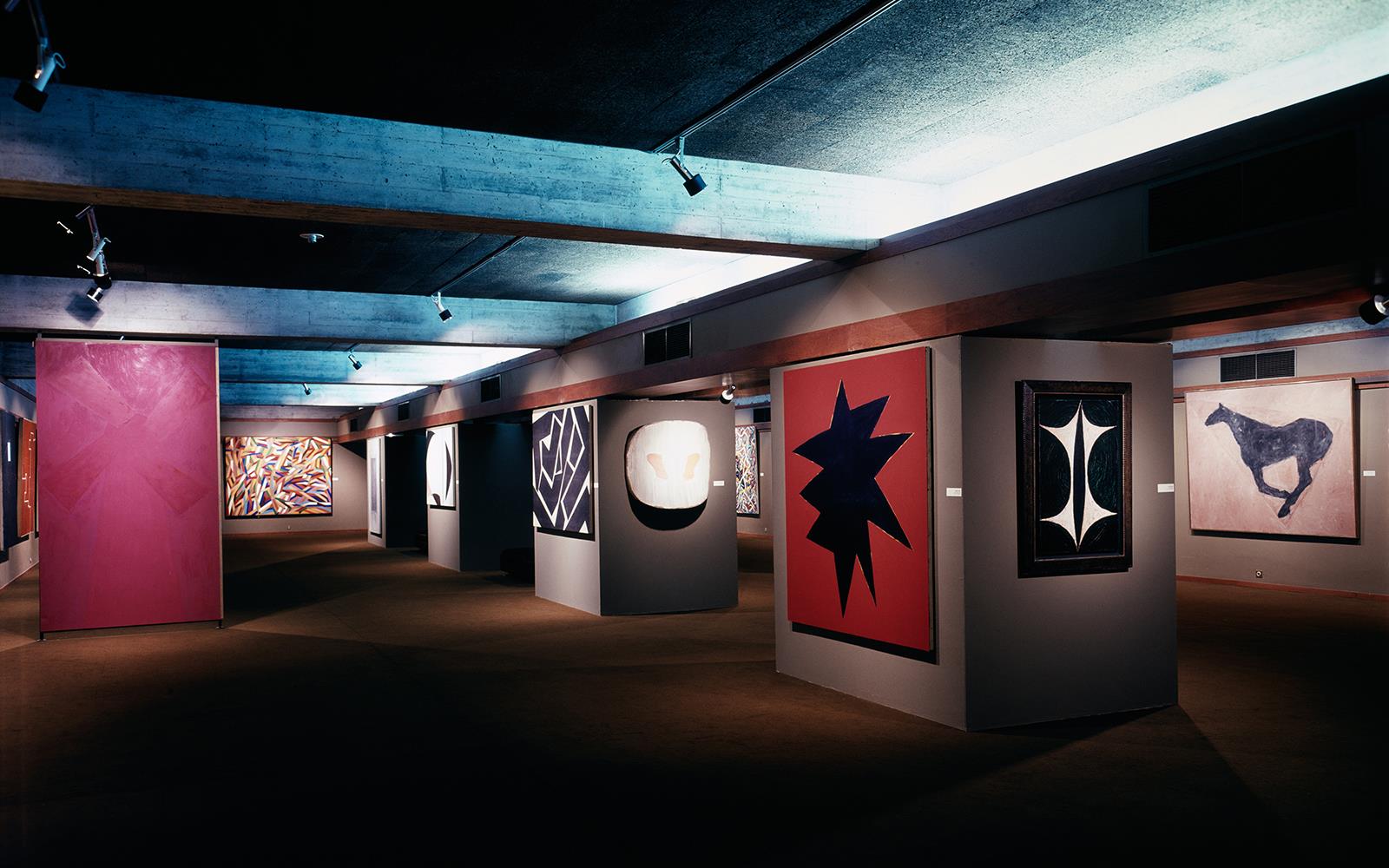
Pintura Americana nos Anos 80
1982 / Itinerância [organização externa]

Realismo Norte-Americano Contemporâneo desde 1960
1982 / Itinerância [organização externa]
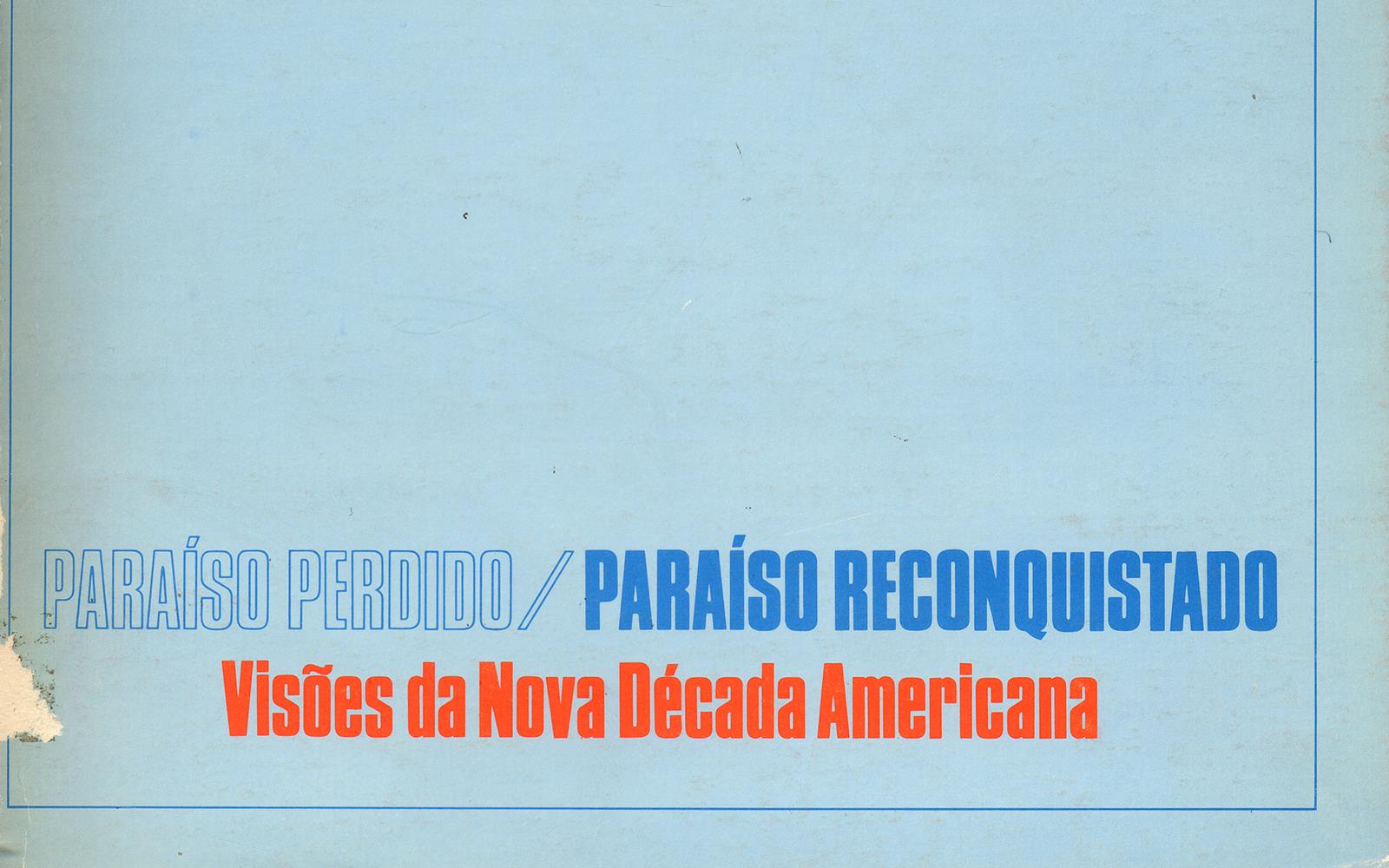
Paraíso Perdido, Paraíso Reconquistado. Visões da Nova Década Americana
1984 / Itinerância [organização externa]
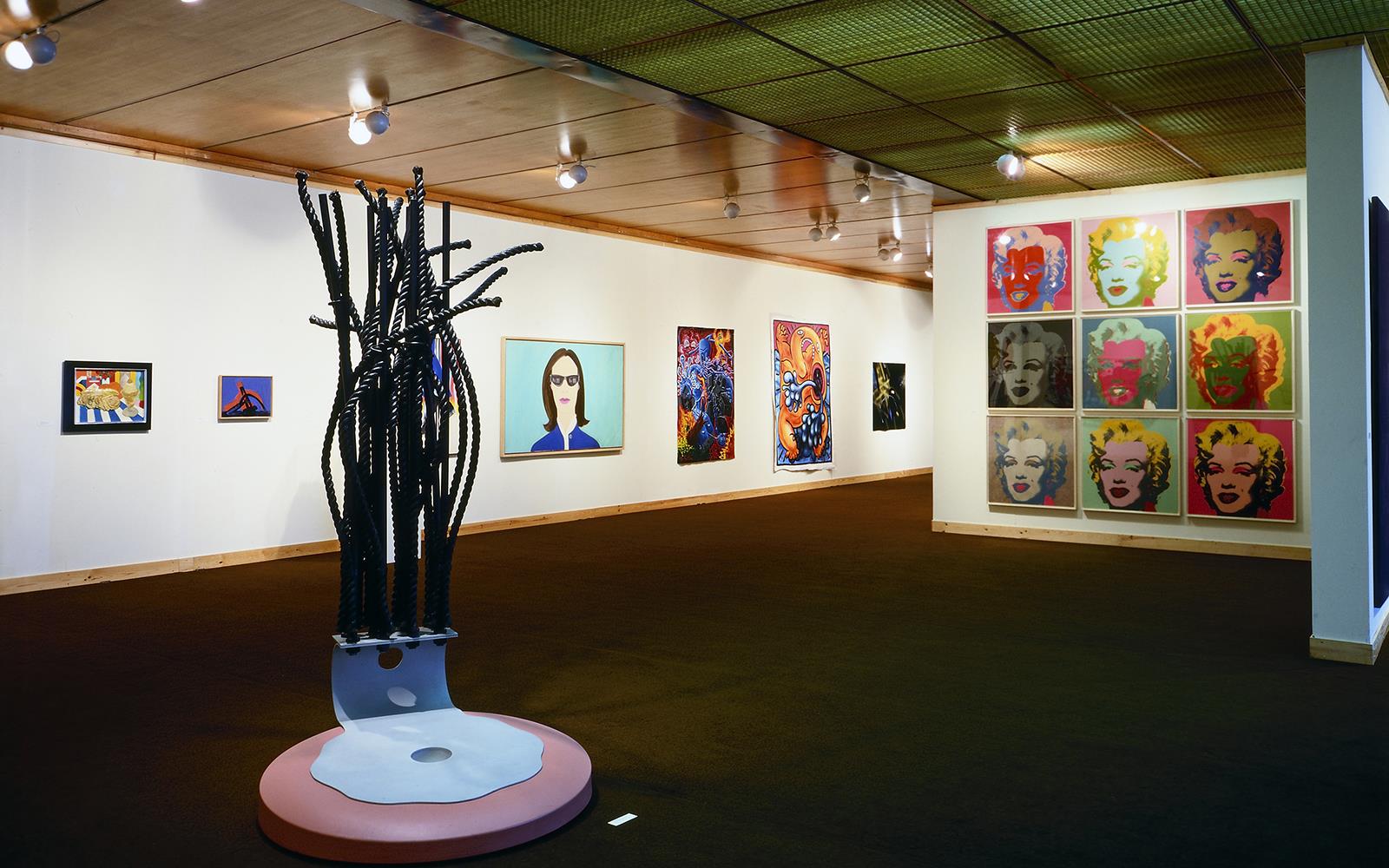
Colecção Frederick R. Weisman
1986 / Itinerância [organização externa]

Escultura Contemporânea Americana. Sinais de Vida
1989 / Sede Fundação Calouste Gulbenkian, Lisboa
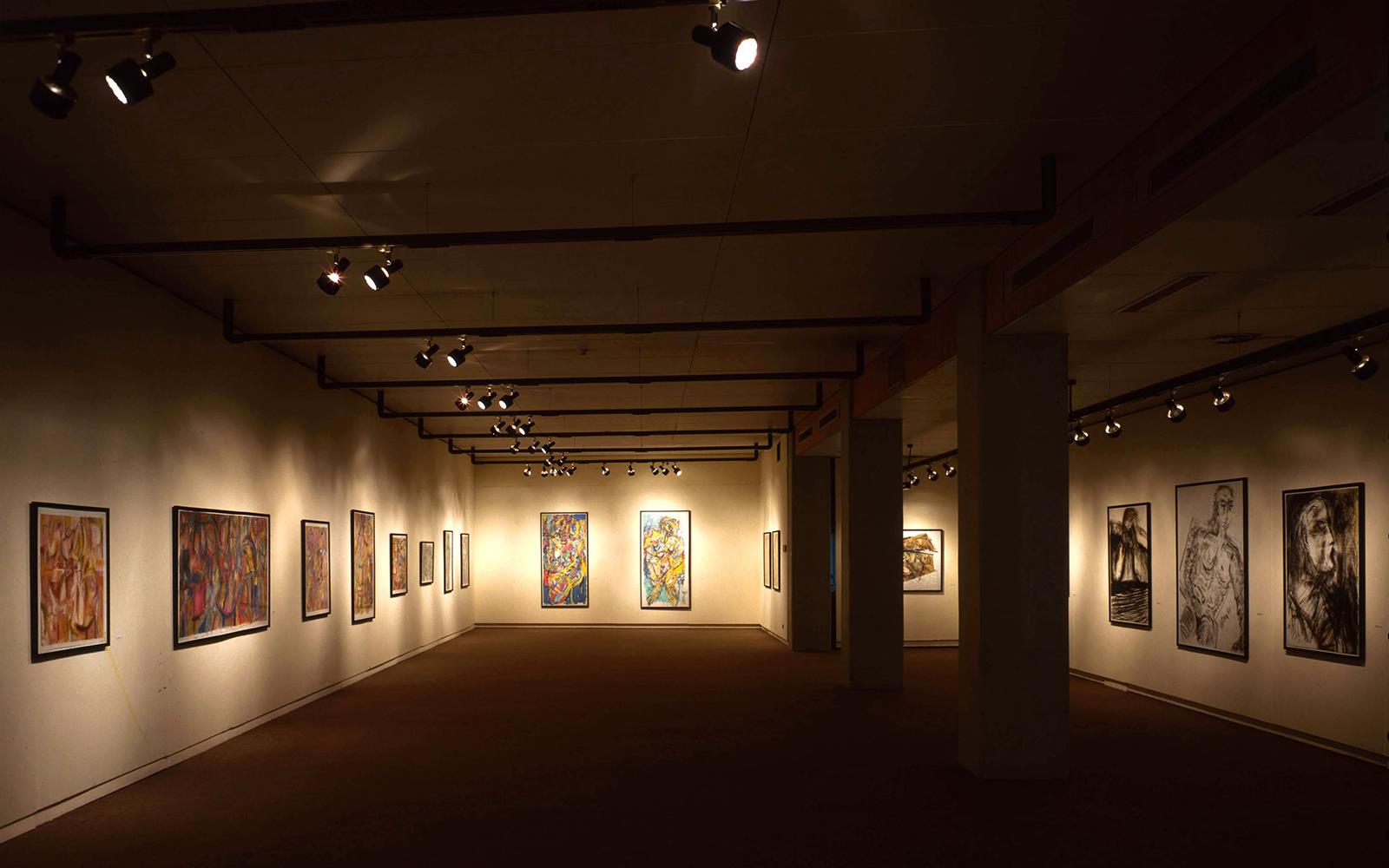
Hoffmann. Trabalhos mais Recentes
1990 / Centro de Arte Moderna, Lisboa

